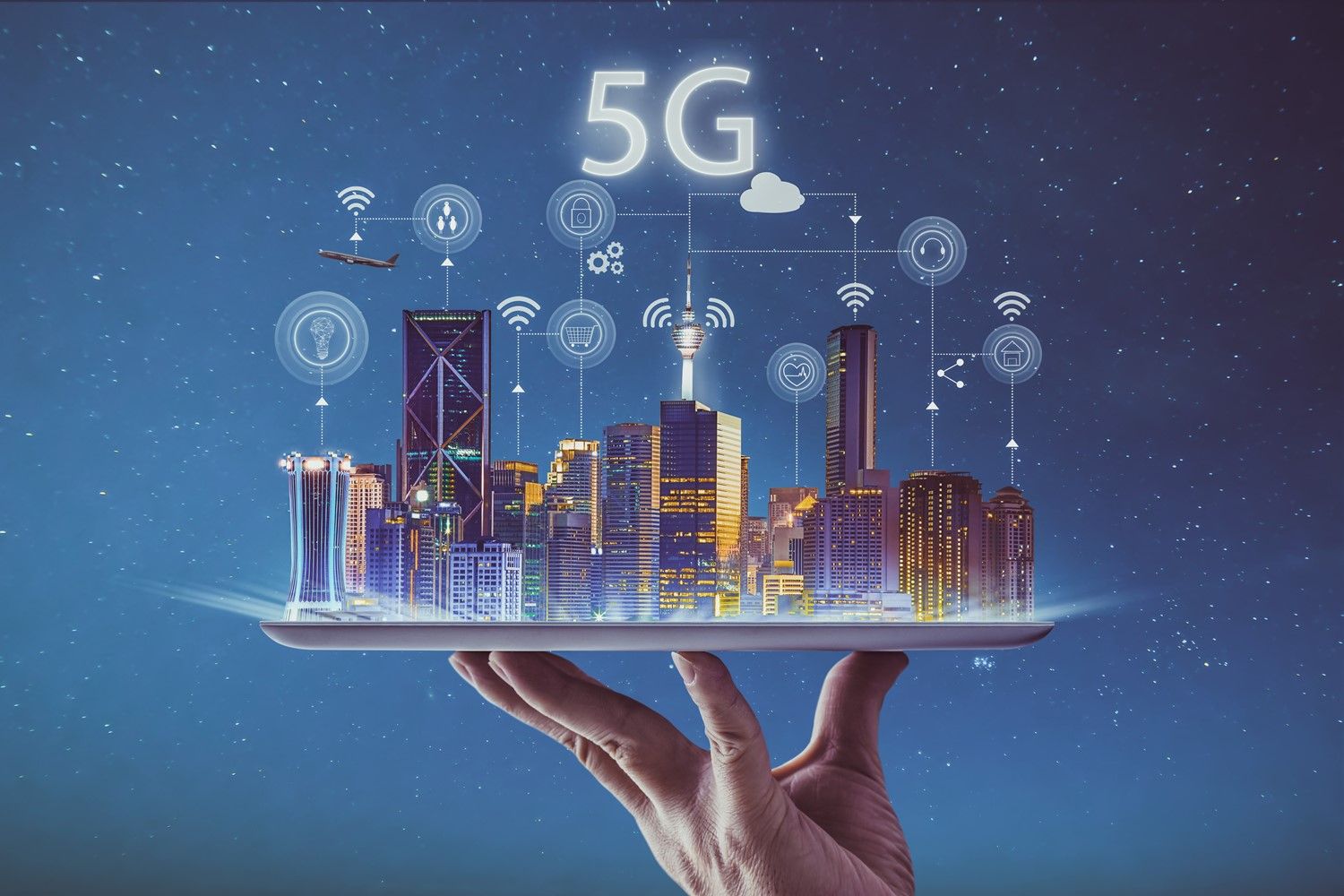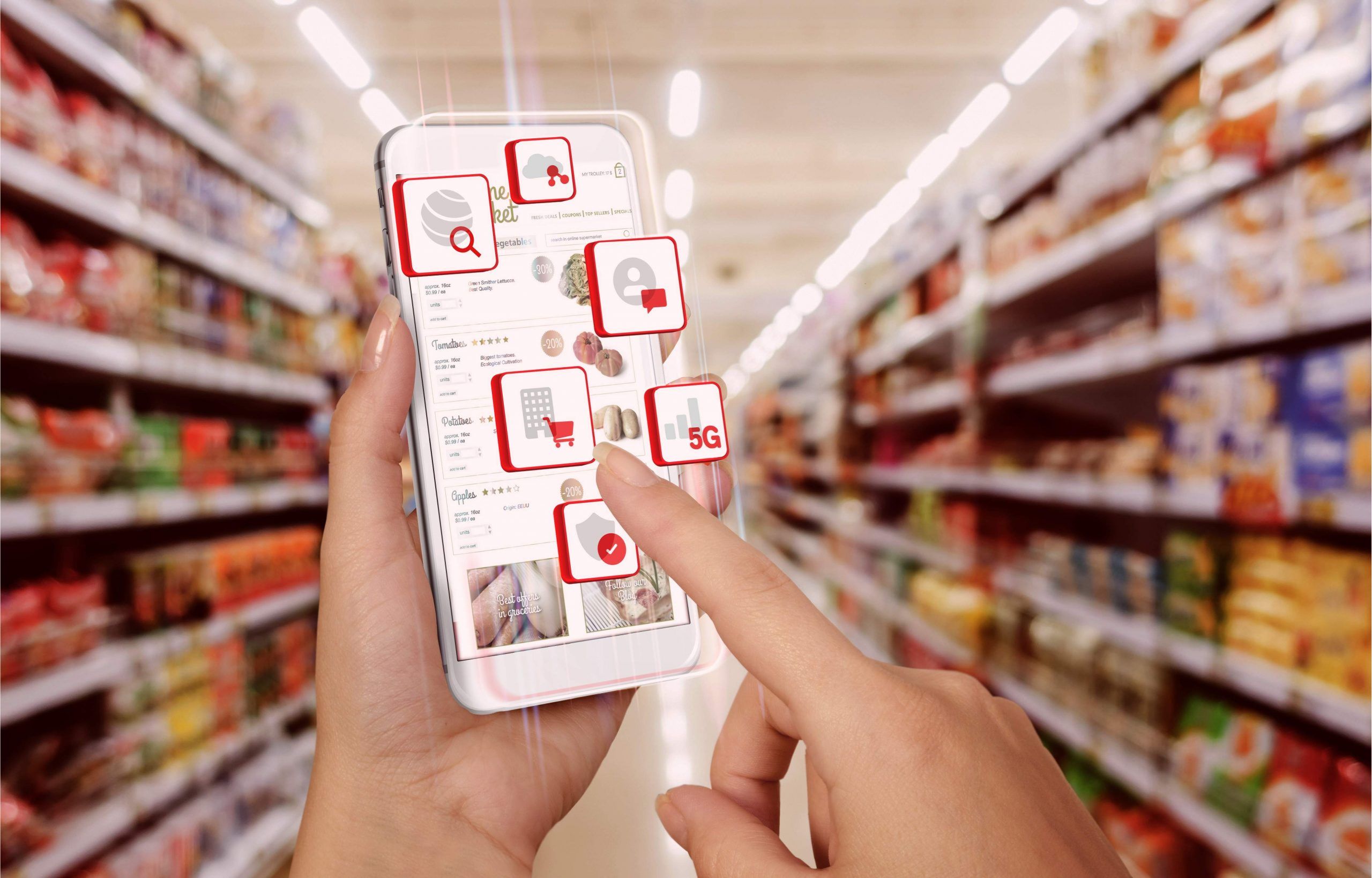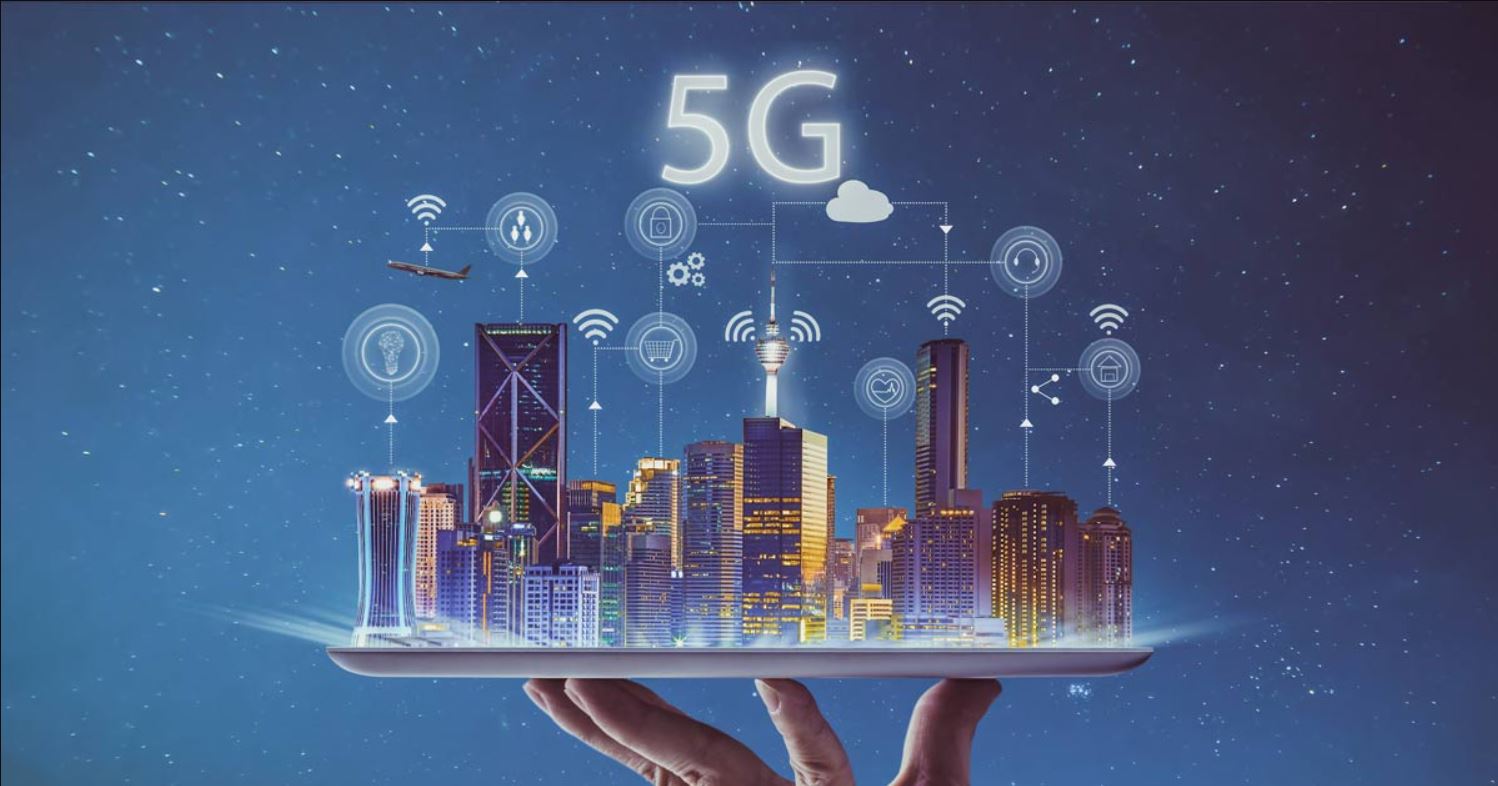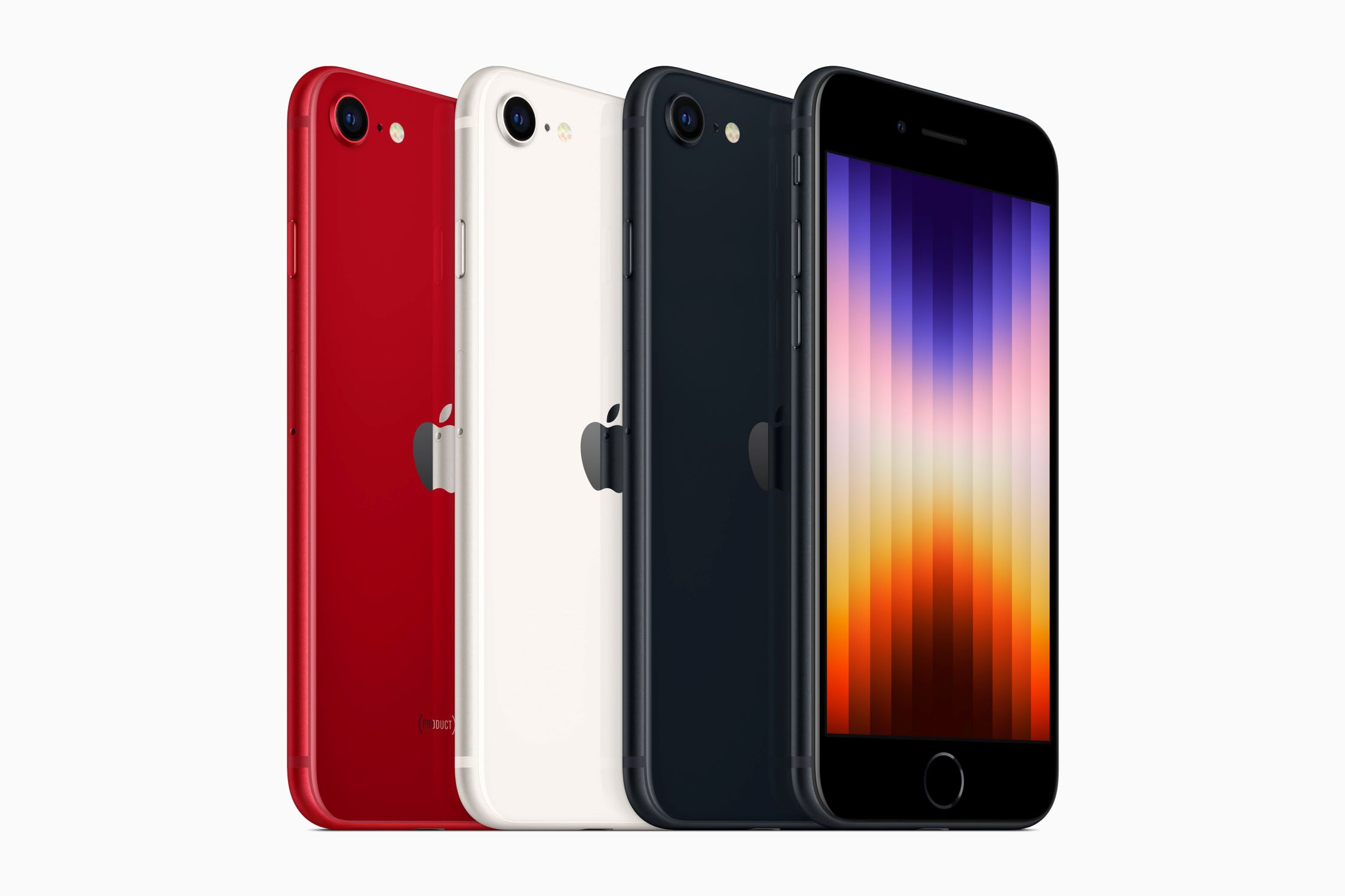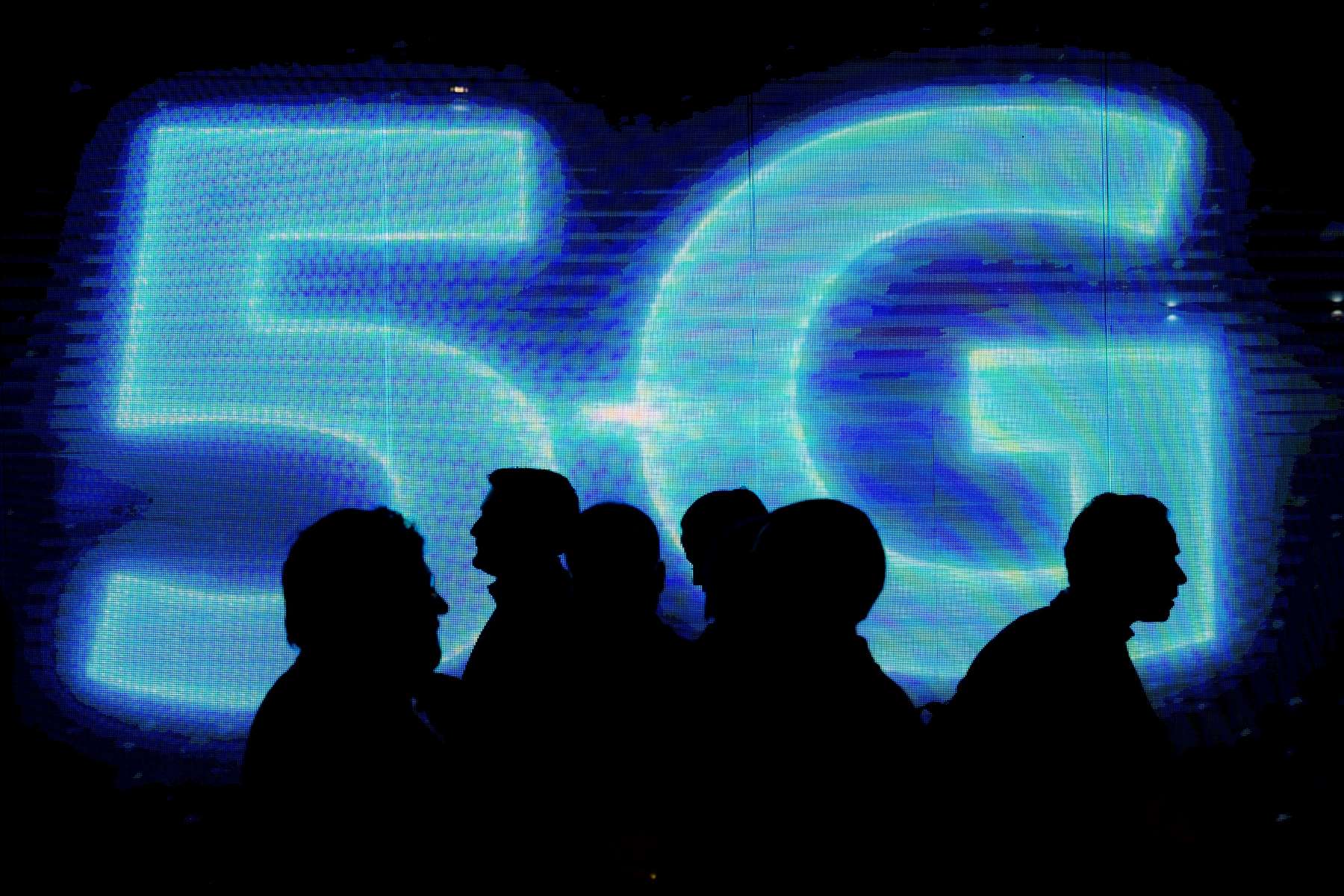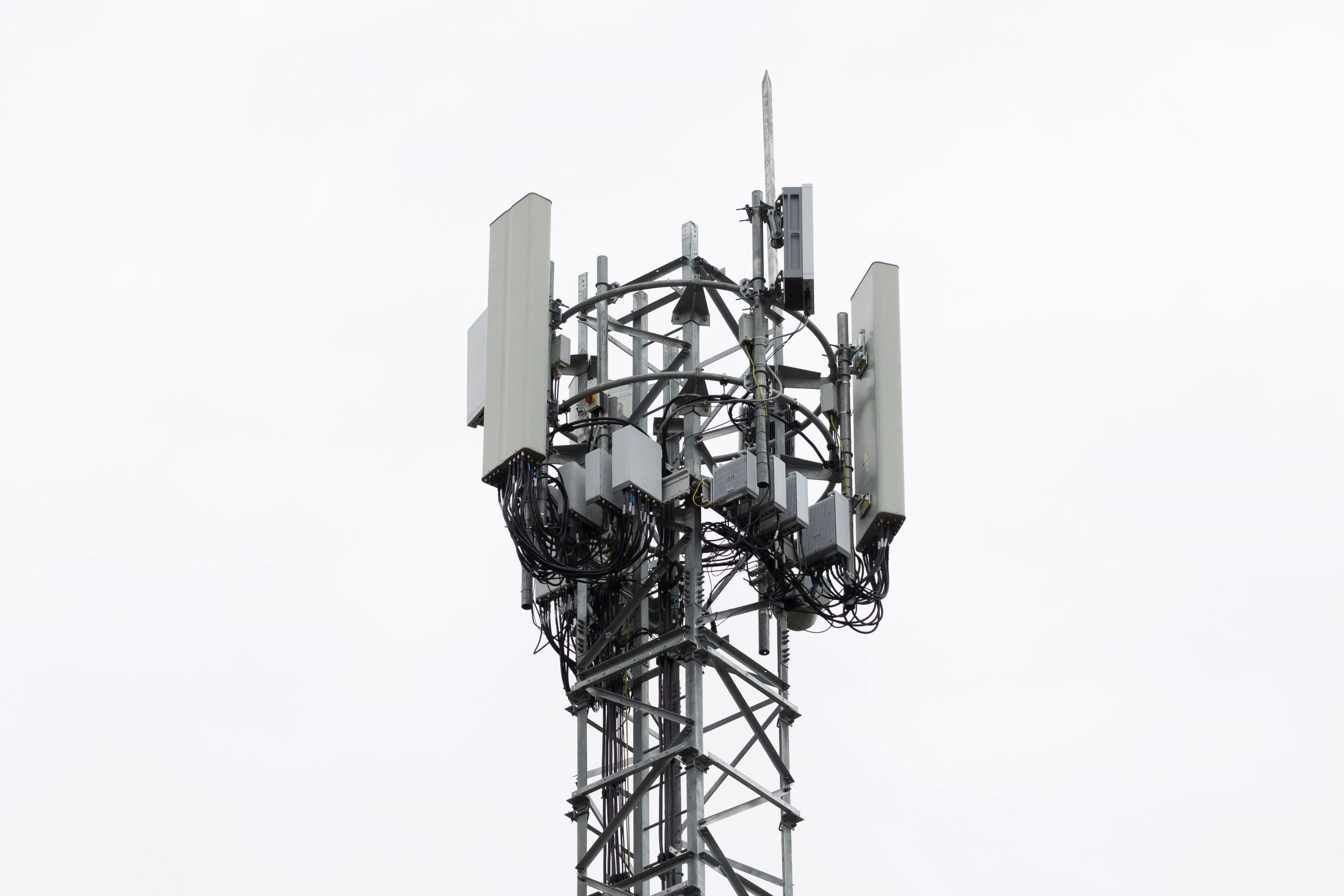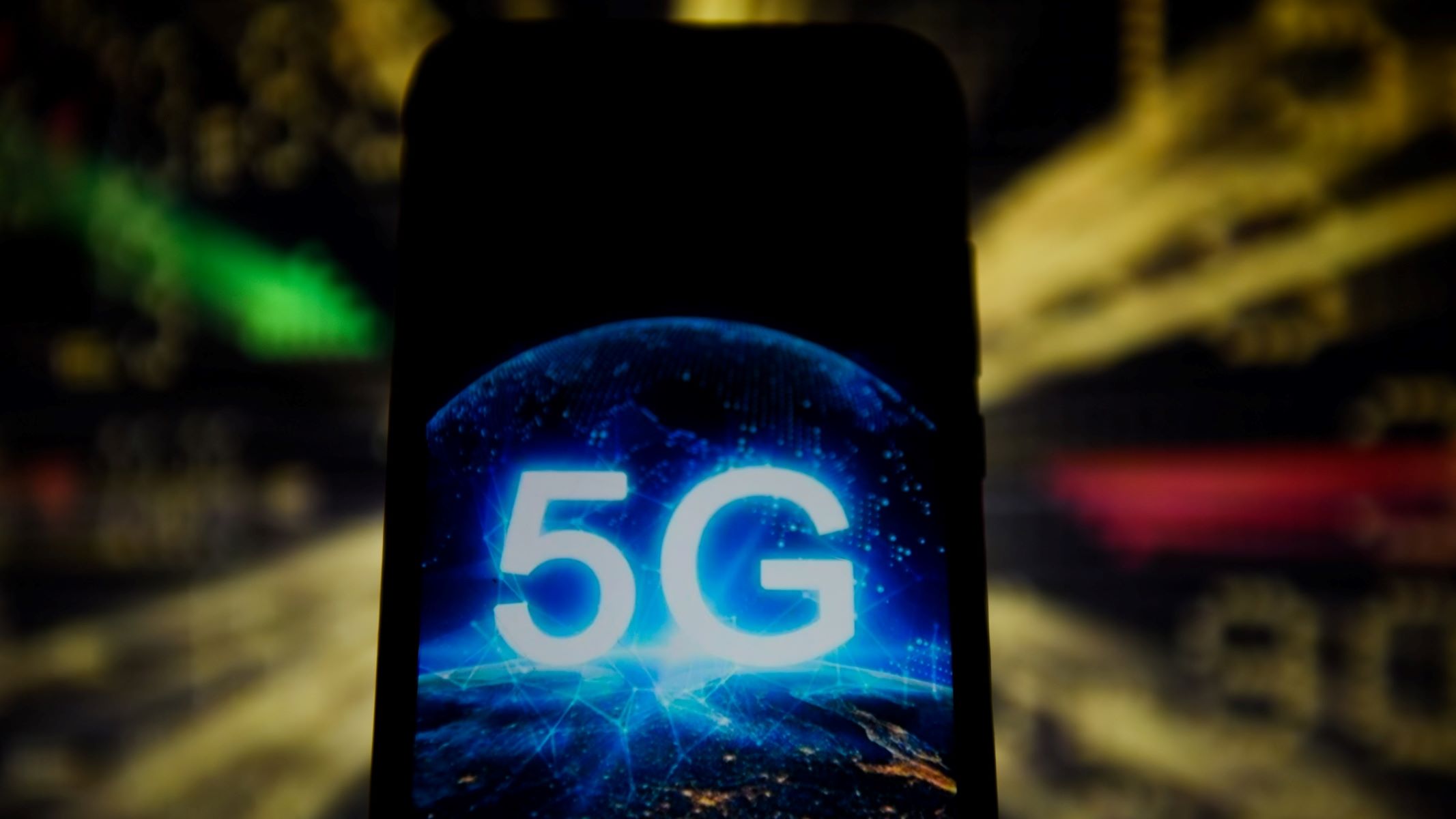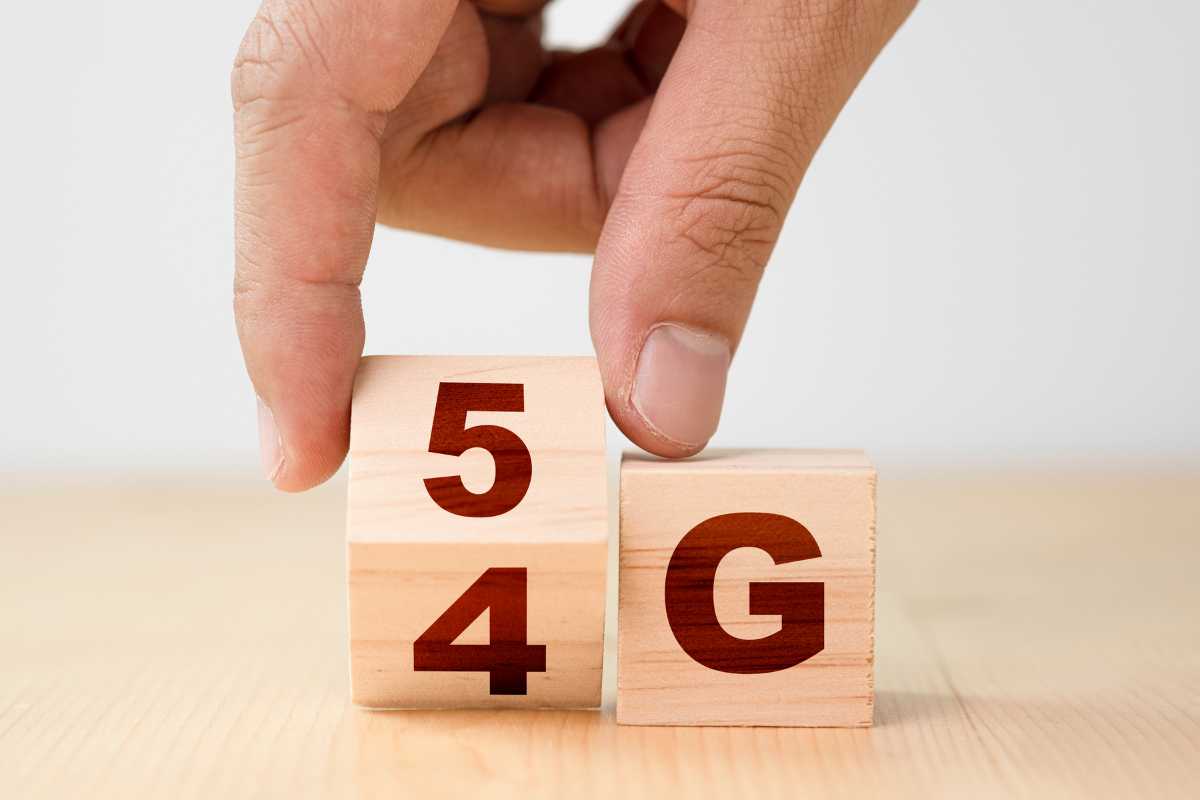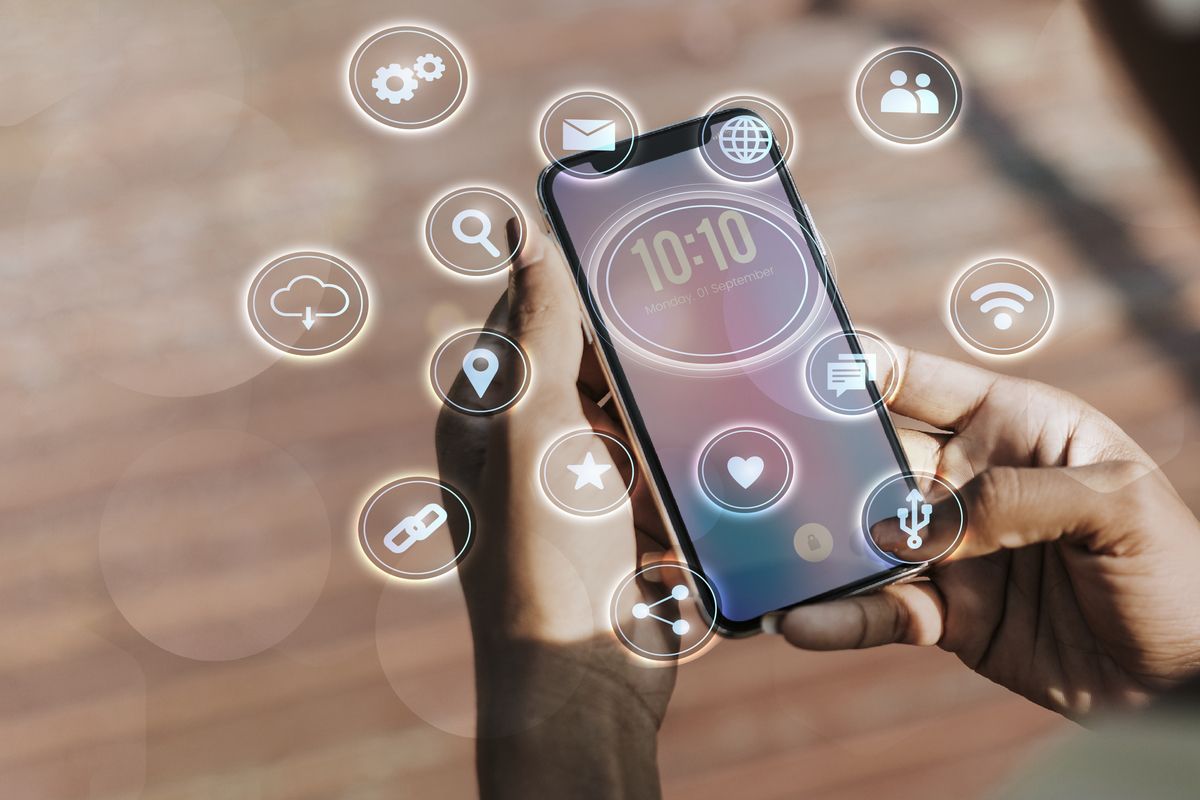What is IoT?
The Internet of Things (IoT) refers to the network of physical devices, vehicles, appliances, and other objects embedded with sensors, software, and connectivity capabilities. These devices can collect and exchange data with each other and with other systems over the internet.
IoT has revolutionized the way we interact with technology and the world around us. It allows for seamless communication between devices, enabling automation, remote monitoring, and control of various processes.
At its core, IoT is about connecting everyday objects to the internet and enabling them to transmit and receive data. This connectivity opens up a wide range of possibilities for improving efficiency, convenience, and overall quality of life.
IoT devices come in various forms and can be found in homes, businesses, industries, and even public spaces. From smart homes with connected appliances to wearable health devices, IoT has permeated numerous aspects of our lives.
The data gathered from IoT devices can be utilized for analytics, enabling businesses and organizations to make data-driven decisions and improve their operations. It also enables predictive maintenance, where devices can detect potential issues and schedule maintenance before a breakdown occurs.
Overall, IoT enables a more connected and intelligent world, where devices seamlessly interact and enhance our daily lives. The growth of IoT has paved the way for further advancements, and one significant enabler of IoT devices’ connectivity is the advent of 5G technology.
What is 5G?
5G is the fifth generation of wireless technology, offering faster speeds, lower latency, and higher capacity compared to previous generations. It is set to revolutionize the way we communicate and connect with each other.
5G promises speeds up to 10 times faster than 4G, enabling rapid data transfer and real-time communication. With its reduced latency, the time it takes for devices to communicate with each other and the network will be significantly reduced.
One of the key features of 5G is its ability to support a massive number of devices connecting simultaneously. This high capacity is vital for the future of IoT, as it enables the seamless connectivity of billions of IoT devices.
Unlike its predecessors, 5G operates on higher frequency bands, including millimeter waves (mmWave), which offer increased bandwidth and faster speeds. However, it also requires more infrastructure, including small cells and base stations, to ensure uninterrupted coverage and connectivity.
5G technology also introduces network slicing, which allows network operators to allocate specific portions of the network to different applications or industries. This enables customized connectivity solutions, optimized for specific use cases such as autonomous vehicles, smart cities, or industrial automation.
In addition to providing faster and more reliable connectivity, 5G is poised to unlock new possibilities for innovation and technological advancements. It will facilitate the widespread adoption of emerging technologies such as augmented reality (AR), virtual reality (VR), and the Internet of Things (IoT).
With its speed, low latency, and high capacity, 5G will be the backbone of the future digital ecosystem, providing the infrastructure necessary to power the smart devices and interconnected systems that will shape our daily lives.
Overview of the Connectivity Needs for IoT Devices
IoT devices rely heavily on connectivity to function effectively. They require stable and robust connections to transmit and receive data in real-time. Understanding the connectivity needs of these devices is crucial for seamless integration and optimal performance.
First and foremost, IoT devices require a reliable internet connection. They need to be connected to a network, typically through Wi-Fi, cellular data, or Ethernet, to communicate with other devices or cloud-based applications. A stable connection ensures that data is transmitted without delays or interruptions.
Another important aspect of connectivity for IoT devices is scalability. As the number of IoT devices continues to grow, the network infrastructure must be able to accommodate the increasing demand. Scalability allows for the seamless addition of new devices without compromising the performance of existing ones.
Low latency is also crucial for IoT devices, especially for applications that require real-time responsiveness. Devices like smart home security systems or autonomous vehicles need to communicate quickly and efficiently to ensure timely actions and decisions. With low latency, the delay between sending a command and its execution is minimized.
Furthermore, IoT devices can generate a significant amount of data, which needs to be transmitted and processed efficiently. High bandwidth is essential to handle the large volumes of data generated by multiple devices simultaneously.
Security is another critical aspect of connectivity for IoT devices. As these devices collect and transmit sensitive data, ensuring the privacy and integrity of the data is paramount. Robust encryption protocols and authentication mechanisms must be in place to protect against unauthorized access or tampering.
Lastly, power efficiency plays a crucial role in IoT connectivity. Many IoT devices are battery-powered or have limited power sources, which necessitate energy-efficient communication protocols. Optimizing power consumption ensures that devices can operate for extended periods without requiring frequent recharging or replacement of batteries.
Overall, the connectivity needs for IoT devices encompass reliability, scalability, low latency, high bandwidth, security, and power efficiency. Meeting these requirements is essential for the seamless integration and successful deployment of IoT solutions in various industries and applications.
The Benefits of 5G for IoT
5G technology brings a range of benefits that greatly enhance the connectivity and performance of IoT devices. These benefits revolutionize the potential use cases and applications of IoT across various industries.
One of the significant advantages of 5G for IoT is its faster speeds. With 5G, IoT devices can transmit and receive data at a much higher rate, allowing for real-time monitoring, analysis, and decision-making. This speed enables applications such as remote surgery, autonomous vehicles, and smart factories, where real-time data is critical for efficient operations.
In addition to speed, 5G also offers significantly reduced latency compared to previous generations. This low latency ensures minimal delay in data transmission, enabling near-instantaneous response times. This is crucial for applications that require quick actions, such as emergency response systems, augmented reality, and industrial automation.
Furthermore, with its high capacity and support for massive device connectivity, 5G can accommodate the growing number of IoT devices seamlessly. This scalability ensures that the network can handle the exponential increase in connected devices, making it feasible to deploy IoT solutions on a large scale across smart cities, agriculture, healthcare, and more.
5G also provides improved network reliability and stability. With its advanced beamforming and massive MIMO (Multiple Input, Multiple Output) technology, 5G can offer more stable connections even in crowded areas or regions with challenging terrain. This reliability is essential for critical IoT applications like autonomous vehicles and remote patient monitoring.
Moreover, 5G networks introduce network slicing, enabling network operators to allocate dedicated portions of the network to specific IoT applications or industries. This customization allows for optimized network resources, prioritized traffic, and tailored connectivity, ensuring that different IoT use cases can coexist without interference.
The combination of 5G and IoT opens up new possibilities for innovation and the creation of disruptive applications. This technology duo can revolutionize industries such as transportation, healthcare, manufacturing, and agriculture, enabling a more connected and efficient future.
In summary, the benefits of 5G technology for IoT include faster speeds, reduced latency, increased capacity, improved reliability, and customized connectivity. These advantages expand the horizon for IoT applications, making it possible to unleash the full potential of IoT across various sectors and revolutionize how we interact with technology.
Advancements in Connectivity with 5G
5G technology introduces significant advancements in connectivity, revolutionizing the way devices communicate and interact with each other. These advancements enhance not only the speed and capacity of connections but also introduce new features and capabilities.
One of the key advancements is the use of higher frequency bands, including millimeter waves (mmWave). These frequencies offer a wider bandwidth, allowing for faster data transfer rates and improved network capacity. However, it is important to note that mmWave signals have shorter range and can be affected by obstacles, requiring the deployment of small cells and base stations for uninterrupted coverage.
Another advancement is the implementation of beamforming and massive MIMO technology. Beamforming allows for precise directionality of the signal, focusing it towards specific receiving devices. This improves signal strength and efficiency, enhances coverage, and reduces interference. Massive MIMO technology involves using multiple antennas to increase spectral efficiency and enable simultaneous connections to multiple devices, further optimizing the use of available spectrum.
5G also brings advancements in network slicing, which is the ability to create virtual networks tailored for specific use cases or industries. Network slicing allows for the customization of connectivity parameters, quality of service, and security requirements, ensuring that different IoT applications can coexist on the same network without compromising performance or data integrity.
Furthermore, 5G introduces edge computing capabilities, bringing computing resources closer to the devices and reducing latency. This enables local processing of data, minimizing the need for sending large volumes of data to a centralized cloud server for analysis. Edge computing is critical for time-sensitive applications, where immediate processing and action are required.
Additionally, 5G networks employ advanced network management and orchestration techniques, leveraging technologies like software-defined networking (SDN) and network function virtualization (NFV). These technologies provide greater flexibility, scalability, and automation in network management, simplifying the deployment, configuration, and maintenance of the network infrastructure supporting IoT devices.
The combination of these advancements in connectivity with 5G technology paves the way for the seamless integration of IoT devices in various industries. From enhanced speed and capacity to customized networks and edge computing capabilities, 5G brings the necessary tools to fully harness the potential of IoT and enable a more connected and intelligent world.
Empowering Various Industries with IoT and 5G
The combination of IoT and 5G technology holds immense potential for transforming various industries and revolutionizing their operations. From healthcare to transportation, agriculture to manufacturing, IoT and 5G empower organizations to streamline processes, enhance productivity, and improve overall efficiency.
In the healthcare industry, IoT devices connected through 5G enable remote patient monitoring, real-time data analysis, and personalized healthcare solutions. Wearable devices can track vital signs and send the data to healthcare professionals, allowing for proactive and remote management of chronic conditions. 5G’s low latency and high capacity enable seamless transmission of large and critical healthcare data, enabling timely and accurate care.
In transportation, IoT devices connected with 5G enable the optimization of traffic flow, real-time tracking of vehicles, and enhanced passenger safety. Autonomous vehicles rely on continuous and reliable connectivity for accurate navigation, collision avoidance, and real-time updates. With the low latency of 5G, communication between vehicles and infrastructure is seamless, allowing for improved traffic management and increased road safety.
Agriculture can also benefit from the integration of IoT and 5G. IoT sensors can monitor soil conditions, weather patterns, and crop health, enabling precise irrigation, fertilization, and pest control. Connected farming equipment can optimize operations, reducing costs and increasing yields. With 5G’s scalability and high capacity, large-scale agriculture can be monitored and managed more efficiently, leading to sustainable and productive farming practices.
In the manufacturing industry, IoT and 5G allow for the implementation of smart factories and industrial automation. Connected devices and sensors on the shop floor can provide real-time data on machine performance, supply chain management, and inventory levels. With 5G’s low latency and high-speed connectivity, manufacturers can optimize production processes, reduce downtime, and improve overall productivity.
Other industries, such as energy, retail, and smart cities, can also benefit from the integration of IoT and 5G. Energy grids can be monitored and managed in real-time, optimizing energy consumption and promoting sustainability. Retail businesses can use IoT-enabled devices to enhance the shopping experience, provide personalized offers, and improve inventory management. Smart cities can utilize IoT devices and 5G connectivity to improve traffic management, environmental monitoring, and public safety.
Overall, the combination of IoT and 5G technology empowers various industries by enabling seamless connectivity, real-time data analysis, and automation. By harnessing the power of IoT and leveraging the capabilities of 5G, organizations can unlock new opportunities, enhance efficiency, and drive innovation in their respective sectors.
Challenges and Considerations for IoT and 5G Integration
Integrating IoT devices with 5G technology brings numerous benefits, but it also poses challenges and considerations that need to be addressed for a successful implementation.
One of the primary challenges is the deployment of the necessary infrastructure for 5G connectivity. 5G requires a dense network of small cells and base stations to ensure consistent coverage and high-speed connectivity. This infrastructure rollout can be complex and time-consuming, requiring significant investments and coordination among network operators, municipalities, and other stakeholders.
Another consideration is the interoperability of IoT devices with 5G networks. As IoT devices come from different manufacturers and operate on various protocols, ensuring seamless integration and compatibility is crucial. Standardization efforts are needed to define common communication protocols and ensure device interoperability, allowing for a cohesive and efficient IoT ecosystem.
Security is a paramount concern when integrating IoT devices with 5G. With the increasing number of connected devices, the attack surface also expands. IoT devices can be vulnerable to cyberattacks, and with 5G’s high-speed connectivity, these attacks can propagate more rapidly. Robust security protocols, encryption, and authentication mechanisms must be implemented to protect sensitive data and ensure the integrity of the network.
Privacy is another key consideration. IoT devices collect and transmit vast amounts of data, raising concerns about the privacy and ownership of that data. Clear policies and regulations are needed to define how data is collected, stored, and used, ensuring that individuals’ privacy rights are protected and that organizations adhere to ethical data practices.
Power consumption is another challenge when integrating IoT devices with 5G. Many IoT devices are battery-powered or have limited power sources. It is essential to optimize power efficiency to ensure the longevity of device operation. Energy-saving communication protocols and device management techniques must be employed to minimize power consumption and prolong battery life.
Furthermore, there are regulatory considerations to be addressed. As IoT and 5G connectivity expand, regulations regarding spectrum allocation, electromagnetic radiation, and data governance need to be updated and adapted to ensure a safe and efficient deployment of these technologies.
Lastly, there is a need for skilled professionals who understand both IoT and 5G technologies. Organizations need experts who can design, deploy, and manage IoT solutions integrated with 5G networks. Training programs and educational initiatives are essential for nurturing a workforce capable of harnessing the potential benefits of this integration.
Addressing these challenges and considerations is crucial for the successful integration of IoT devices with 5G technology. By proactively tackling these issues, organizations can ensure a smooth and secure deployment, reaping the full benefits of the transformative power of IoT and 5G.
Future Possibilities of IoT and 5G Connectivity
The integration of IoT devices with 5G technology opens up a world of possibilities for the future. As both IoT and 5G continue to evolve and mature, their combined potential will revolutionize numerous industries and reshape our daily lives.
One of the key areas of growth is smart cities. IoT devices connected through 5G can create more sustainable and efficient urban environments. From intelligent transportation systems to optimized energy management, smart cities can enhance quality of life, reduce traffic congestion, and minimize environmental impact.
In the healthcare sector, IoT and 5G have the potential to transform patient care. Remote telemedicine services can become more accessible and effective, enabling patients to receive medical consultations and diagnoses remotely. This has benefits for rural areas and underserved communities, allowing for improved healthcare access and outcomes.
The manufacturing industry will see increased automation and efficiency with the integration of IoT and 5G. Smart factories powered by IoT devices can optimize production processes, reduce downtime, and improve quality control. Real-time data analysis and predictive maintenance will help manufacturers optimize resources and reduce costs.
Furthermore, with the advent of 5G and IoT, transportation will experience significant advancements. Connected autonomous vehicles will become more prevalent, enhancing road safety, reducing traffic congestion, and improving overall transportation efficiency. Intelligent transportation systems will enable seamless vehicle-to-vehicle and vehicle-to-infrastructure communication, creating a more integrated and intelligent transportation network.
Agriculture will also benefit from IoT and 5G connectivity. Precision farming techniques will improve crop yield and resource management, reducing the use of water, fertilizers, and pesticides. IoT devices, combined with real-time data analytics, will enable farmers to make informed decisions, optimize irrigation schedules, and maximize crop productivity.
Moreover, the future possibilities of IoT and 5G extend beyond these industries. From retail to energy management, from education to entertainment, the integration of IoT devices with 5G networks will unlock new levels of connectivity, efficiency, and innovation, transforming how we live, work, and interact with technology.
The future holds immense potential for IoT and 5G integration, as technology continues to evolve and expand. With the ongoing development of more advanced IoT devices, improved network infrastructure, and the continuous evolution of 5G technology, we can expect to see even more transformative applications and unparalleled connectivity in the years to come.







